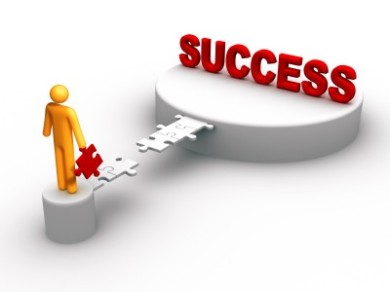The top 20% of salespeople earn 80% of the money. But, we need to remember that the top 20% of salespeople started out in the bottom 20% of the selling population. Those at the top do the hunting, while those at the bottom are hunted.
Selling consists of a stepwise process that can be learned by anyone who has the motivation to improve his or her selling results. I had a public school teacher who was fond of saying “repetition for emphasis”. Well, the process of learning new ideas; practicing them; getting customer feedback and then repeating the process would have my former teacher nodding her head in agreement.
The learning cycle normally takes one from unconscious incompetence (don’t know what we don’t know) to unconscious competence (know it instinctively). Your selling results will track this learning cycle. So, if we want to be in the top 20% of salespeople in our particular field, we need to be sufficiently motivated to be hunters rather than the hunted.
FocalPoint Coaching, in conjunction with Brian Tracy International, have condensed the best sales teaching materials of Brian Tracy into an impactful one day, video based training program. Brian has trained more than two million sales professionals over the past 32 years and now his understanding and insights are available through the Sales Success Intensive (SSI) training program. I have been certified to facilitate this program and you can be on your way to significantly improved sales results if you participate in this training program. View my endorsement from Brian Tracy here.
Contact me to learn when the next SSI program is scheduled.


